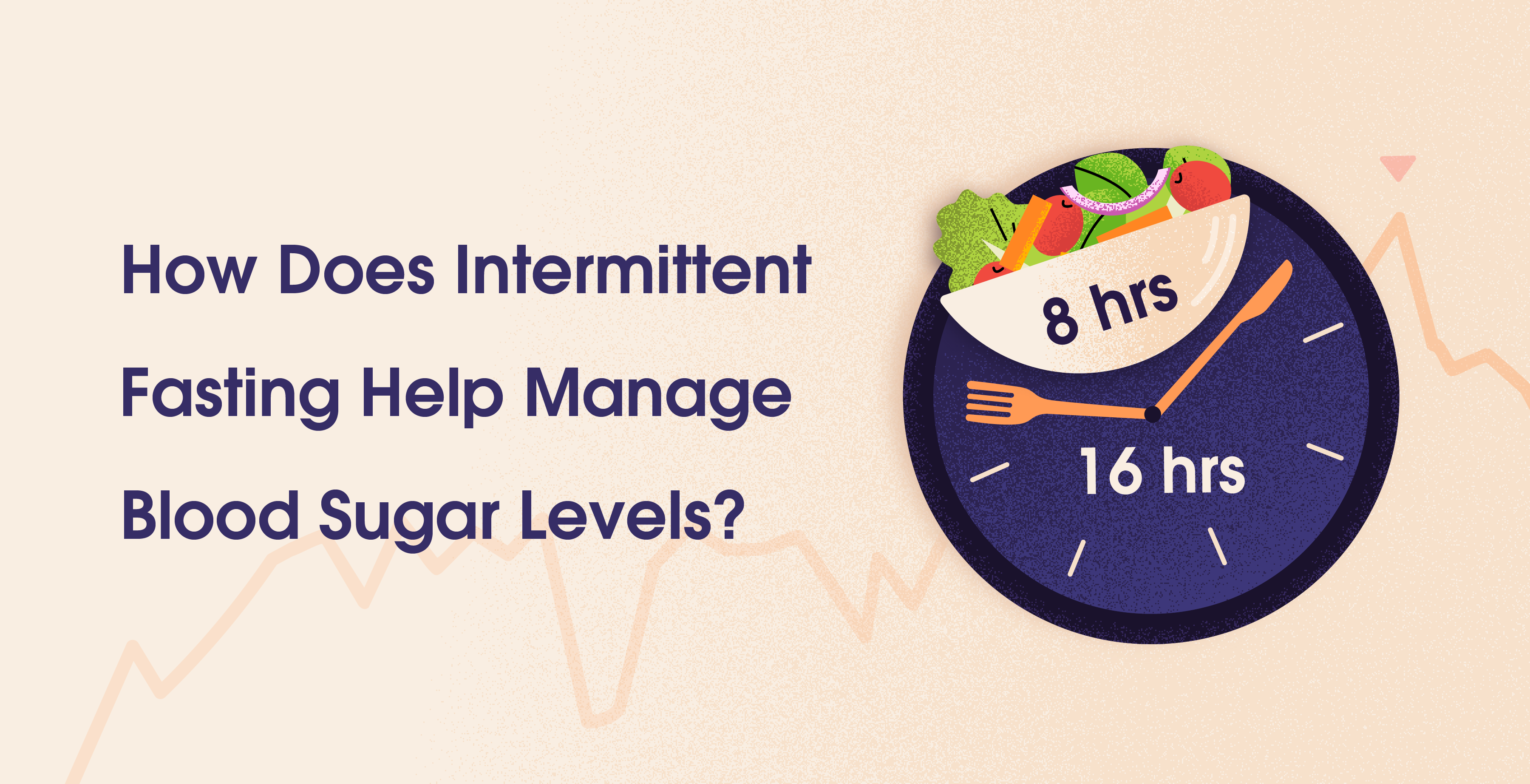7 Early Signs of Pre Diabetes: What You Need to Know
Sep 4, 2024
Sayfali Rawlani
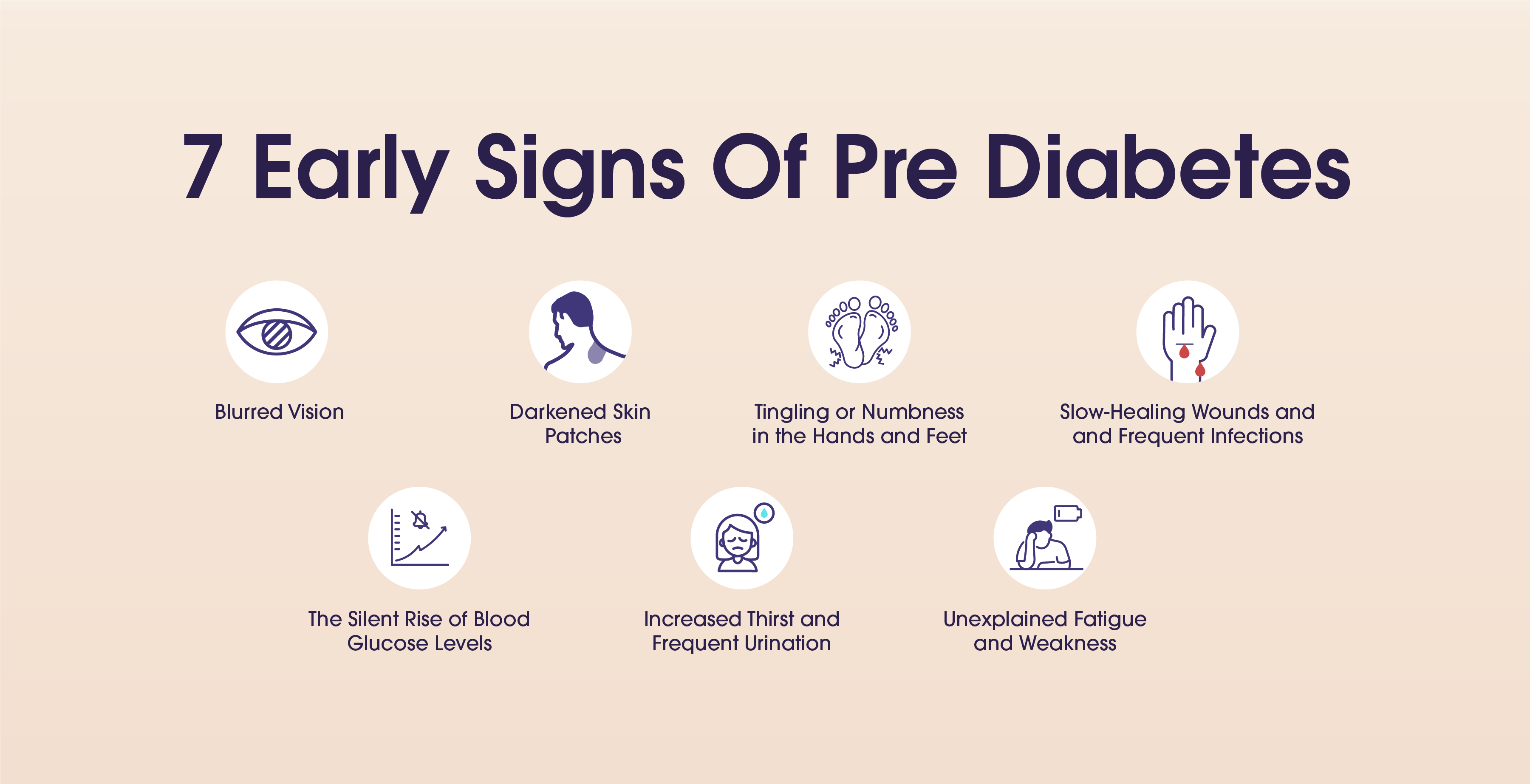


Table Of Contents
Introduction
Did you know 97 million Americans have pre-diabetes? Recognizing the signs early is really important before it actually develops into type 2 diabetes.
Highlights
Understand what Pre Diabetes is
Early warning signs of Prediabetes
The precautions to take before it develops into type 2 diabetes
Did you know 97 million American adults are prediabetic, and 84% of them are unaware of it? But you might be wondering - What is pre-diabetes? Prediabetes means you have a higher than normal blood sugar level. It's not high enough to be considered type 2 diabetes yet. But without lifestyle changes, adults and children with prediabetes are at high risk to develop type 2 diabetes. It serves as a warning sign that you are at risk of reaching diabetes level.
Pre-diabetes is the silent alarm and a subtle warning that our bodies are teetering on the edge of a metabolic crisis. In this blog, we are going to dive into 7 early signs of pre-diabetes that will help you understand. So, let’s jump in.
7 Early Signs of Pre Diabetes
The Silent Rise of Blood Glucose Levels
Pre-diabetes is when blood glucose levels are higher than normal but not high enough to be classified as type 2 diabetes. One of the earliest signs is a slight increase in fasting blood glucose levels, usually in the range of 100-125 mg/dL. Although it may not show any obvious symptoms, it's a red flag that our bodies are not efficiently processing glucose.
Increased Thirst and Frequent Urination
Since the blood glucose levels are high/elevated, kidneys are burdened with filtering the excess glucose, which causes frequent urination and loss of fluids. It might manifest as being thirsty all the time or having more fluids than usual, More often than not it is the frequent trips to the bathroom, including those at night. If you find yourself constantly reaching for that water bottle or waking up often at night to pee, it might be time to check your blood glucose levels.
Unexplained Fatigue and Weakness
Your body is unable to produce enough energy to fuel your body when your cells are starved of glucose. This can lead to constant fatigue and weakness during the day. Everyday life will start getting complicated and simple things like climbing stairs or carrying your groceries can feel like a Herculean task. If you have been feeling excessively tired and weak recently, even after a good night's sleep, pre-diabetes could be the reason.
Blurred Vision
High blood glucose levels can cause fluid to shift in the eyes, thus affecting the shape of the lens and causing blurred vision.It becomes difficult to focus on objects, fine print, or even drive safely. You really need to go see your doctor for sudden vision changes, as untreated high blood glucose levels can irreversibly affect the eyes.
Slow-Healing Wounds and Frequent Infections
High blood glucose levels can weaken the immune system and slow recovery time, like the healing of minor cuts or bruises. Also, too much glucose in the blood will offer just the right breeding ground for bacteria and fungi; increasing the chances of recurrent infections like skin infections, UTIs, and yeast infections.
Tingling or Numbness in the Hands and Feet
Constantly high blood glucose levels can cause nerve damage and neuropathy. The most common symptoms of this damage are tingling, numbness, and burning sensations in the hands and feet, often described as having a "pins and needles" feeling. Neuropathy also may be exhibited in areas other than the extremities—causing digestive problems, sexual dysfunction, and even heart problems.
Darkened Skin Patches
Pre-diabetes can also be the cause of acanthosis nigricans—darkened, velvety skin patches that appear under the arms, groin area, or neck. These darkened patches usually indicate the resistance developed by cells against insulin, which is one of the hallmarks of pre-diabetes.
The Power of Prevention
Subtle and easily overlooked, early pre-diabetes symptoms offer a crucial window of opportunity for action that will prevent the development of type 2 diabetes. If necessary, lifestyle changes like diet control, increased physical activities, and weight loss can significantly reduce blood glucose levels and other related complications. Sometimes medication might be needed to control glucose levels. Let's remember, that pre-diabetes is not a life sentence. We can still salvage our metabolic balance and avoid the ghastly effects of type-2 diabetes if we know the early warning signs and act in time.
Introduction
Did you know 97 million Americans have pre-diabetes? Recognizing the signs early is really important before it actually develops into type 2 diabetes.
Highlights
Understand what Pre Diabetes is
Early warning signs of Prediabetes
The precautions to take before it develops into type 2 diabetes
Did you know 97 million American adults are prediabetic, and 84% of them are unaware of it? But you might be wondering - What is pre-diabetes? Prediabetes means you have a higher than normal blood sugar level. It's not high enough to be considered type 2 diabetes yet. But without lifestyle changes, adults and children with prediabetes are at high risk to develop type 2 diabetes. It serves as a warning sign that you are at risk of reaching diabetes level.
Pre-diabetes is the silent alarm and a subtle warning that our bodies are teetering on the edge of a metabolic crisis. In this blog, we are going to dive into 7 early signs of pre-diabetes that will help you understand. So, let’s jump in.
7 Early Signs of Pre Diabetes
The Silent Rise of Blood Glucose Levels
Pre-diabetes is when blood glucose levels are higher than normal but not high enough to be classified as type 2 diabetes. One of the earliest signs is a slight increase in fasting blood glucose levels, usually in the range of 100-125 mg/dL. Although it may not show any obvious symptoms, it's a red flag that our bodies are not efficiently processing glucose.
Increased Thirst and Frequent Urination
Since the blood glucose levels are high/elevated, kidneys are burdened with filtering the excess glucose, which causes frequent urination and loss of fluids. It might manifest as being thirsty all the time or having more fluids than usual, More often than not it is the frequent trips to the bathroom, including those at night. If you find yourself constantly reaching for that water bottle or waking up often at night to pee, it might be time to check your blood glucose levels.
Unexplained Fatigue and Weakness
Your body is unable to produce enough energy to fuel your body when your cells are starved of glucose. This can lead to constant fatigue and weakness during the day. Everyday life will start getting complicated and simple things like climbing stairs or carrying your groceries can feel like a Herculean task. If you have been feeling excessively tired and weak recently, even after a good night's sleep, pre-diabetes could be the reason.
Blurred Vision
High blood glucose levels can cause fluid to shift in the eyes, thus affecting the shape of the lens and causing blurred vision.It becomes difficult to focus on objects, fine print, or even drive safely. You really need to go see your doctor for sudden vision changes, as untreated high blood glucose levels can irreversibly affect the eyes.
Slow-Healing Wounds and Frequent Infections
High blood glucose levels can weaken the immune system and slow recovery time, like the healing of minor cuts or bruises. Also, too much glucose in the blood will offer just the right breeding ground for bacteria and fungi; increasing the chances of recurrent infections like skin infections, UTIs, and yeast infections.
Tingling or Numbness in the Hands and Feet
Constantly high blood glucose levels can cause nerve damage and neuropathy. The most common symptoms of this damage are tingling, numbness, and burning sensations in the hands and feet, often described as having a "pins and needles" feeling. Neuropathy also may be exhibited in areas other than the extremities—causing digestive problems, sexual dysfunction, and even heart problems.
Darkened Skin Patches
Pre-diabetes can also be the cause of acanthosis nigricans—darkened, velvety skin patches that appear under the arms, groin area, or neck. These darkened patches usually indicate the resistance developed by cells against insulin, which is one of the hallmarks of pre-diabetes.
The Power of Prevention
Subtle and easily overlooked, early pre-diabetes symptoms offer a crucial window of opportunity for action that will prevent the development of type 2 diabetes. If necessary, lifestyle changes like diet control, increased physical activities, and weight loss can significantly reduce blood glucose levels and other related complications. Sometimes medication might be needed to control glucose levels. Let's remember, that pre-diabetes is not a life sentence. We can still salvage our metabolic balance and avoid the ghastly effects of type-2 diabetes if we know the early warning signs and act in time.
Table Of Contents
Table Of Contents
Table Of Contents
Read More
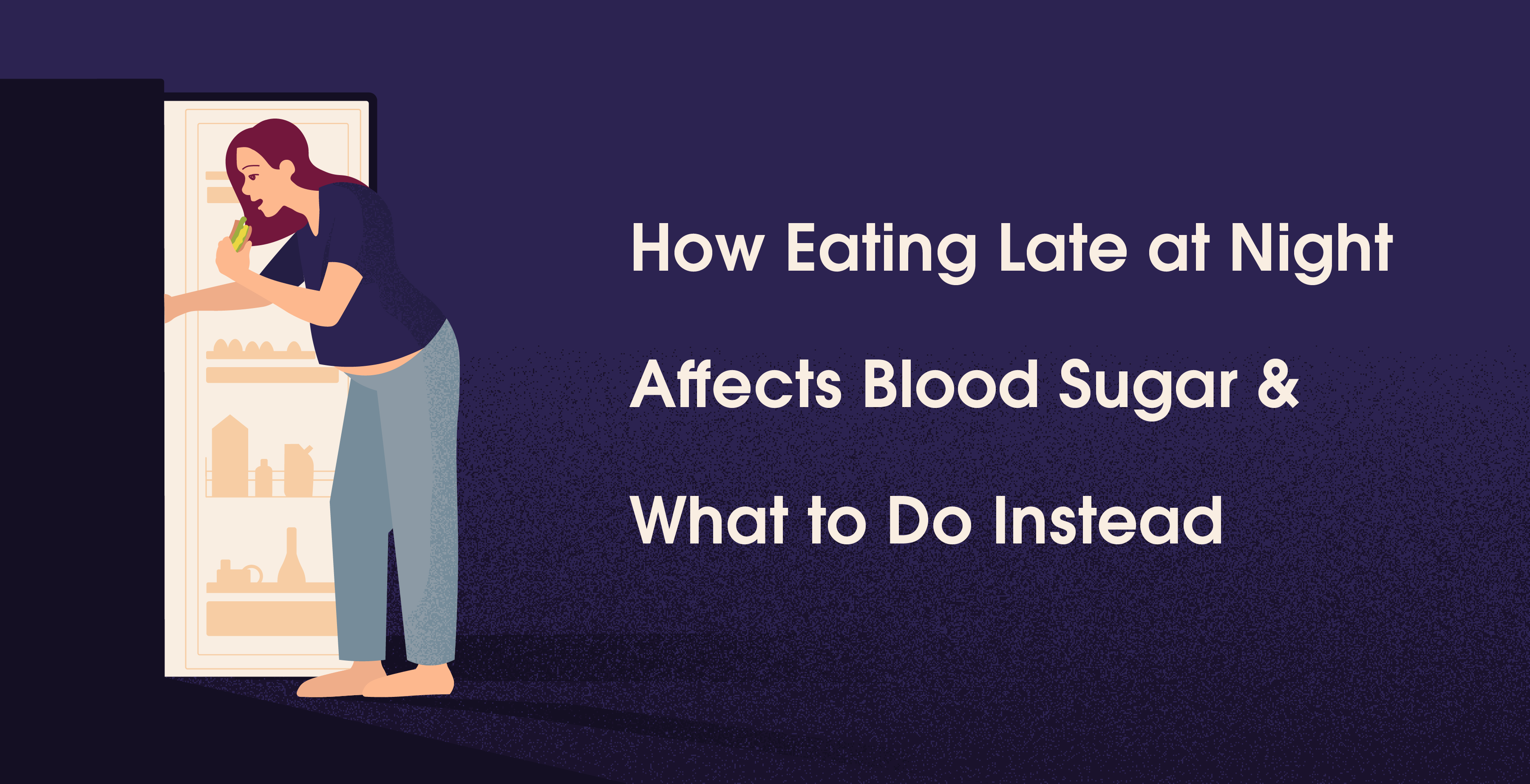

Mar 25, 2025
Sayfali Rawlani
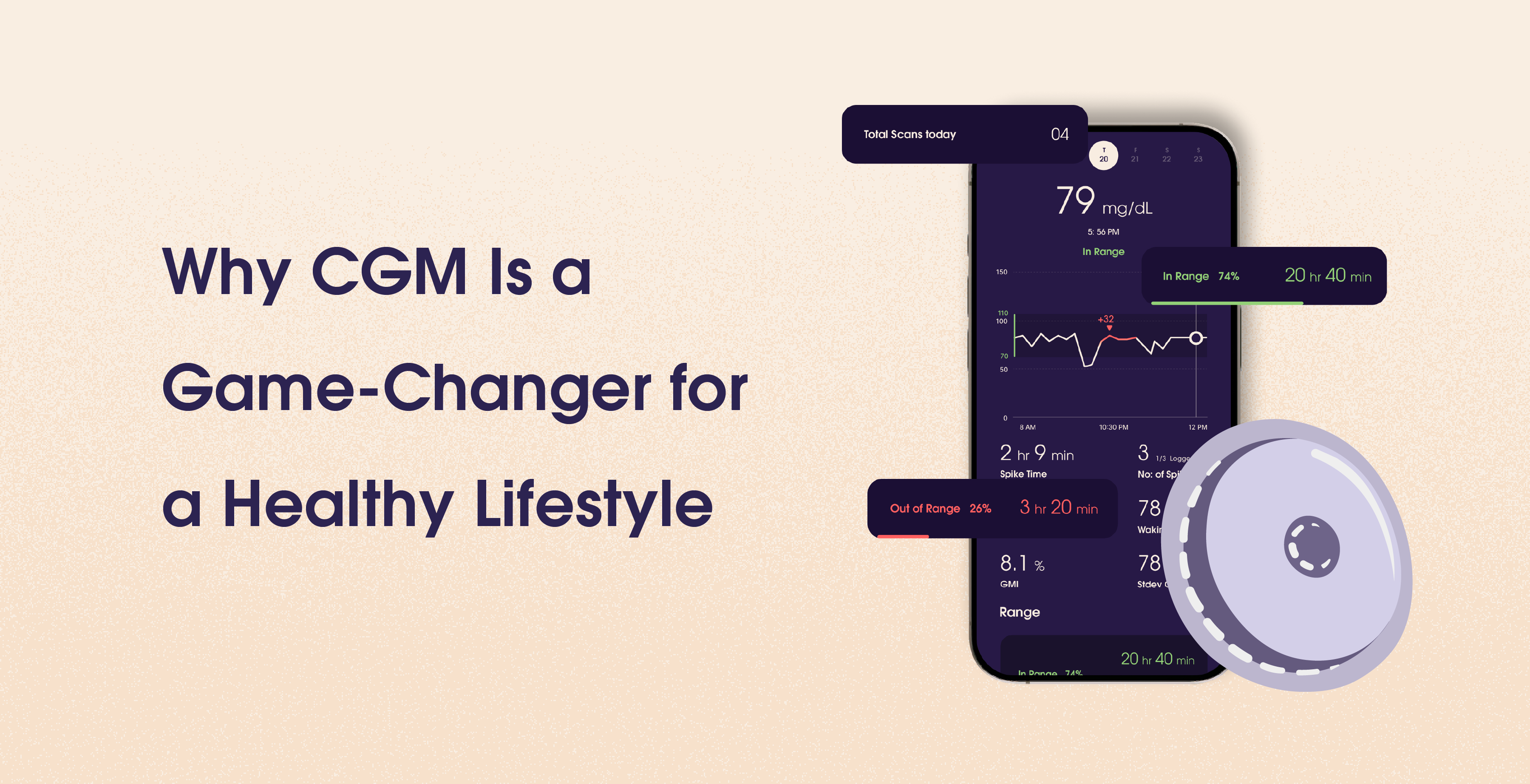

Mar 20, 2025
Sayfali Rawlani
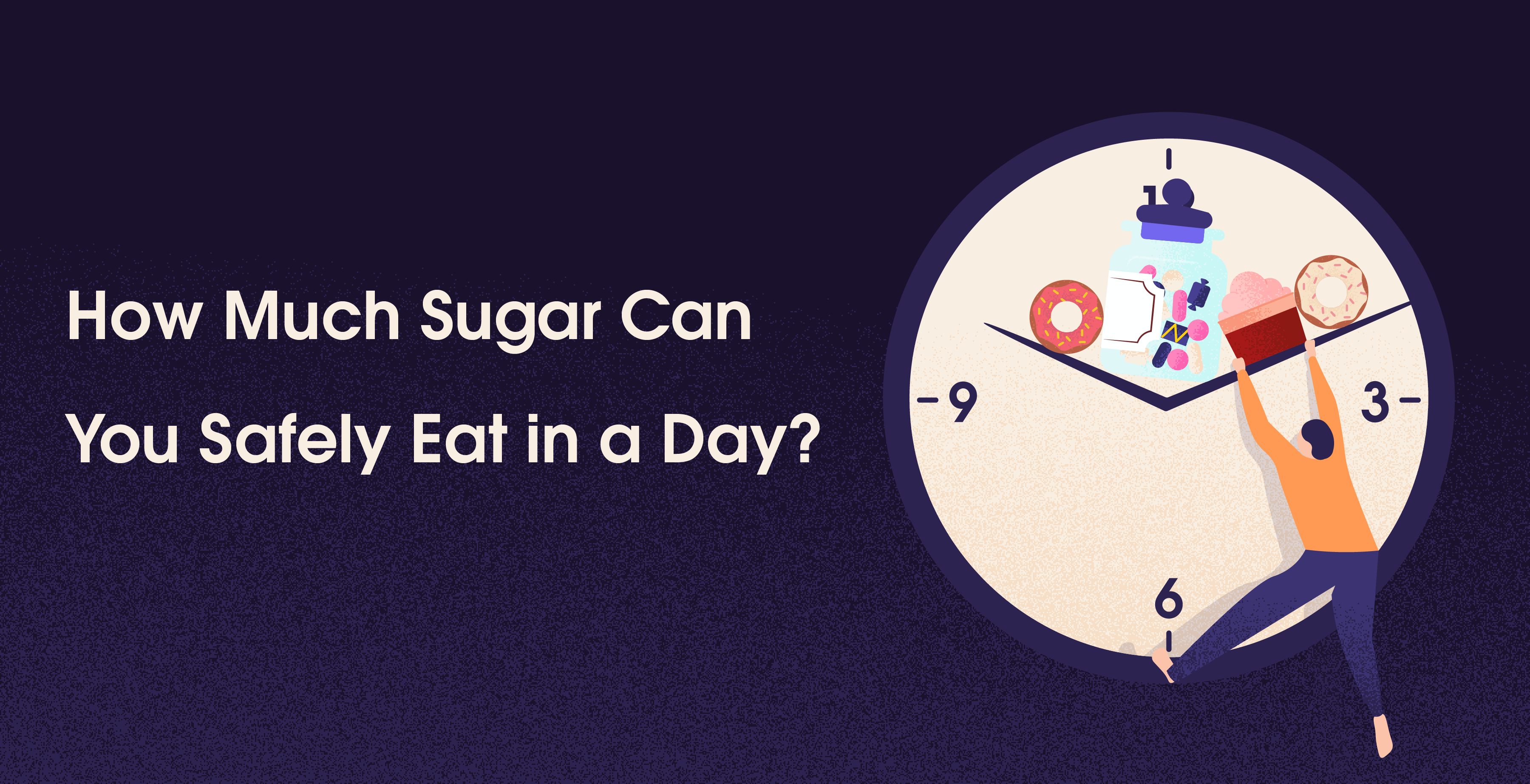

Mar 6, 2025
Sayfali Rawlani



Company
Copyright © 2025 trst health. All right reserved.

